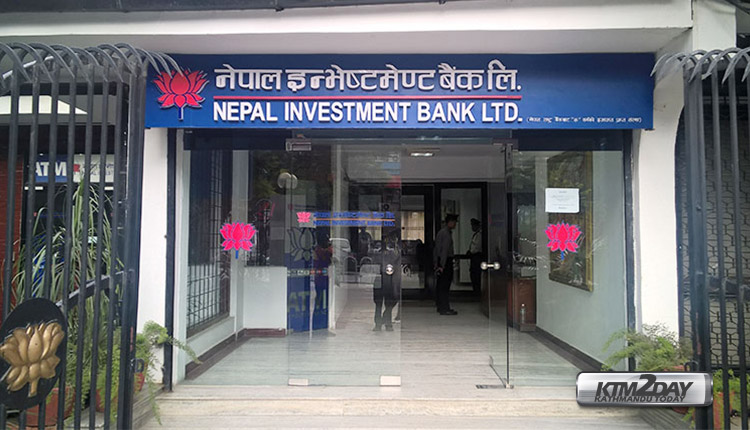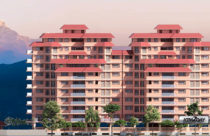Banks post high profits despite shortage of loanable funds


Commercial banks posted high profits for the first half of the fiscal year ended mid-January despite facing an acute shortage of loanable funds during the period.
The unaudited financial reports of 15 commercial banks show a staggering profit growth of around 30 percent in the first six months of the current fiscal year compared to the corresponding period of the last fiscal year.
While 13 commercial banks are yet to publish their financial reports for the first two quarters, 15 commercial banks posted a combined net profit of Rs17.55 billion compared to Rs13.53 billion in the same period last year.
Nabil Bank topped the chart in the first six months posting a net profit of Rs2.17 billion compared to Rs1.83 billion in the same period last year, marking a growth of 18.57 percent.
Nepal Investment Bank stood second in the list with a net profit of Rs1.97 billion, up 7.65 percent compared to Rs1.83 billion in the previous year. With a net profit of Rs1.51 billion, NIC Asia Bank was third in terms of profits. The bank’s profit surged a whopping 164.34 percent year-on-year. Its profit in the first six months of the last fiscal year amounted to Rs571.79 million.
Everest Bank took the fourth spot posting a net profit of Rs1.42 billion followed by Himalayan Bank in the fifth position with a net profit of Rs1.36 billion.
According to bankers, a surge in business volume was the major reason behind the record growth in profits. “A majority of banks increased their business volume by increasing their loans and advances,” said Bhuvan Dahal, CEO of Sanima Bank. “As a result, they were successful in posting good profits.”
| Banks | Net Profit (mid-Jan 2019) | Net Profit (mid-Jan 2018) |
|---|---|---|
| Nabil Bank | Rs. 2.17 billion | Rs. 1.83 billion |
| Nepal Investment Bank | Rs. 1.97 billion | Rs. 1.83 billion |
| NIC Asia Bank | Rs. 1.51 billion | Rs. 571.79 million |
| Everest Bank | Rs. 1.42 billion | Rs. 1.22 billion |
| Himalayan Bank | Rs. 1.36 billion | Rs. 1.10 billion |
The combined loans and advances of the 15 commercial bank grew by Rs285.24 billion within a year while their combined deposits increased by Rs284.51 billion over the review period.
Also, demand for loans from the private sector was high despite the high interest rate charged by banks due to the increased cost of funds. “Credit demand was exceptionally high from sectors like hydropower, cement industry and hotels,” said Dahal. “Although business people complained of high interest on loans, demand for credit kept on increasing as they were able to pass on the increased cost to their consumers.”
Bankers also countered charges by business people that banks were charging high interest by saying that they were forced to do so because of the increased cost of deposits. “As banks had to pay higher interest to attract deposits, the cost of funds increased forcing us to charge a higher interest rate on our lending,” said Dahal. “A majority of banks have operated well under the spread rate of 5 percent allowed by the central bank.”















